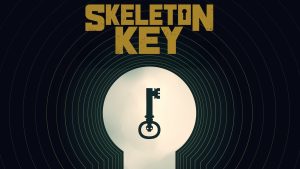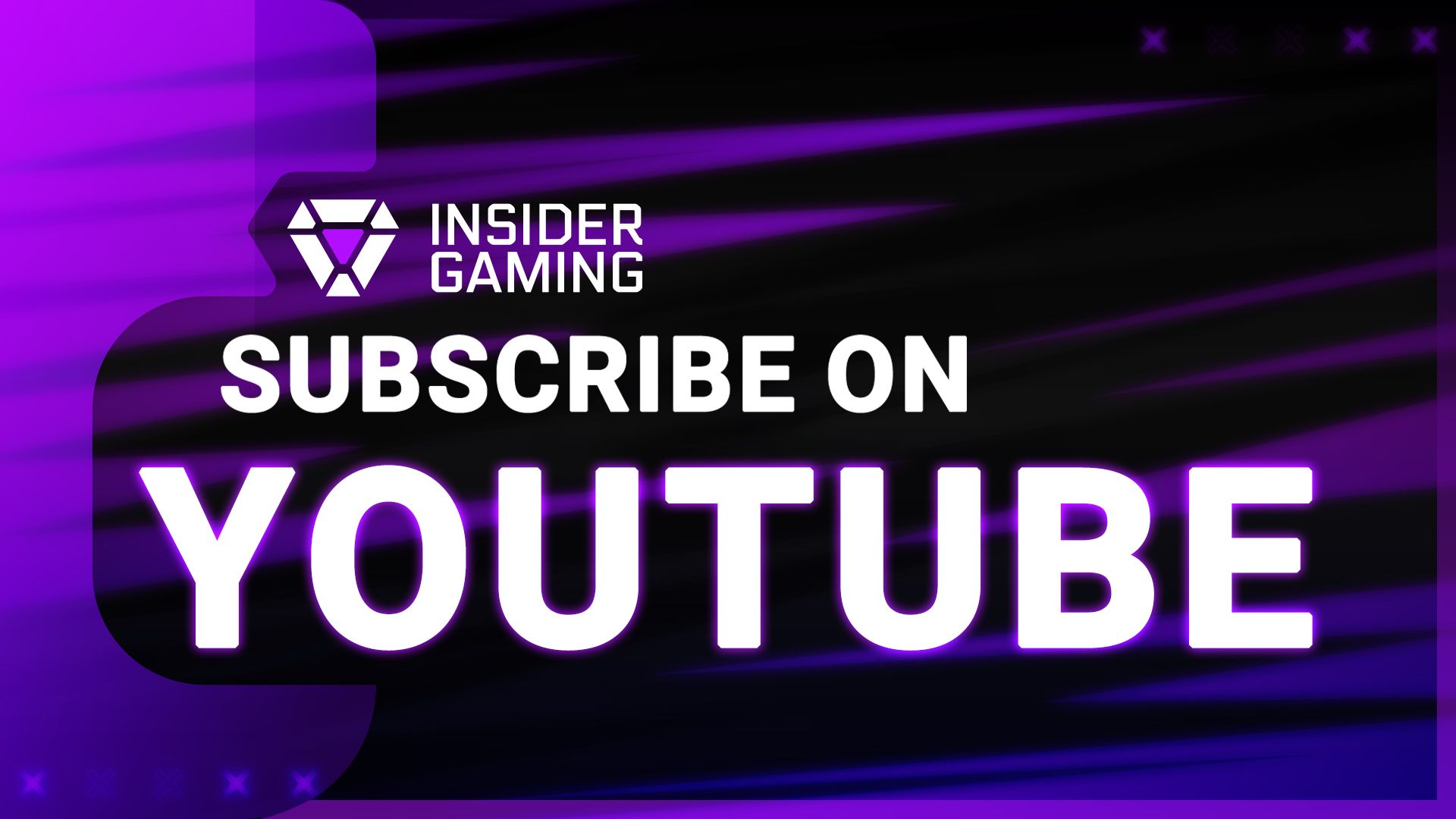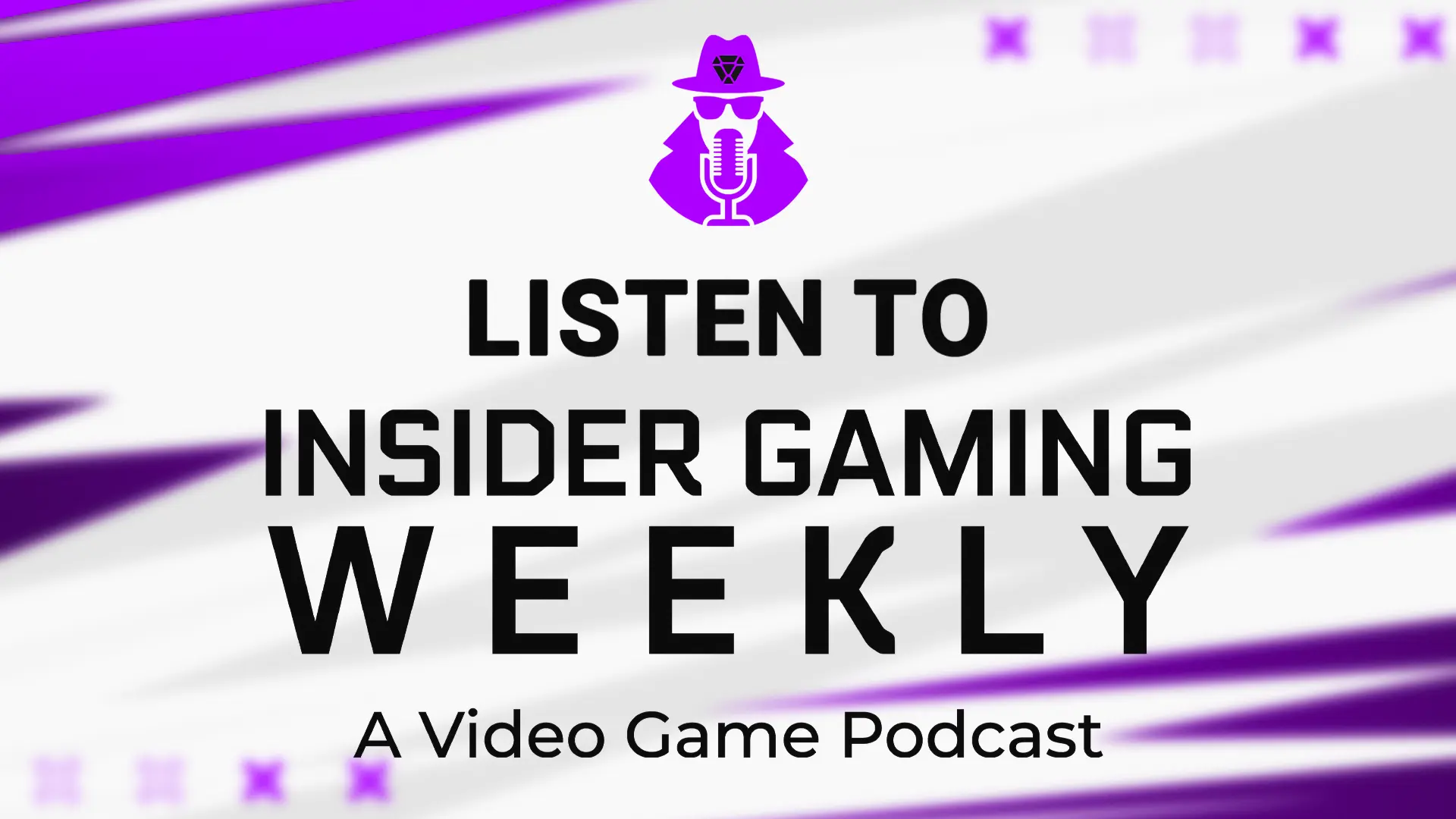When you hear the word iRacing, you probably think of sim racing and hyper-realism. What doesn’t likely come to mind are words like space, arcade, and off-road. But did you know that iRacing and in-house studio Orontes are developing a racing game with those three words in mind?
Meet ExoCross, an off-road racing game set roughly 100 years into the future where all forms of fossils fuels and vehicles have been banned on earth. Now, racers are controlling vehicles on other planets in deep space from the comfort of their own home.
Insider Gaming recently sat down with ExoCross creative director Paul Coleman to talk about the game’s development over the years, what players can expect to experience, what will keep them coming back to the game, and so much more.
The written interview is below, but, if you prefer, you can watch or listen to the conversation as well. ExoCross is scheduled to launch this summer on PC, Xbox Series X|S, PlayStation 5, Xbox One, and PlayStation 4.
ExoCross Interview With Paul Coleman
For those that may not know, what exactly is ExoCross?
Coleman: “Yeah, so ExoCross is an off-road racing game set in the future; about 100 years into the future. The premise is that the earth was getting too polluted. Cars, all forms of fossil fuels and transportation devices got banned. People stopped racing cars for real, but they turned to sim racing as a way of essentially scratching that itch and getting out and competing with one another.
“So, sim racing lasted for a good 100 years, but people started to get bored of it because ultimately a new generation were coming through that hadn’t actually driven real cars. (2:04) They didn’t really know what they were simulating.
“So the premise with ExoCross is that to reinvigorate sim racing, we’ve explored deep space. We’ve looked for planets that are similar to earth in terms of gravity and flora and fauna. And we’ve looked for places to take our fossil fuels and essentially tear up other people’s planets instead. You’re racing remotely from earth, from your habitation pod in earth. You are one of the drivers in the ExoCross championships. And you’re racing these off-road vehicles via communication technology out into deep space. And you’re doing it from the comfort of your own home.
“It’s our kind of tongue-in-cheek take on where sim racing could go at some point in the future. But we’ve seen it as an opportunity to weave in a story around why people aren’t racing real cars anymore. But yeah, ExoCross at its core is a fun off-road racing game that’s set out in the distant future on planets that aren’t earth.”
What made Orontes and Drag: Outer Zones appealing to the iRacing team as something that should be worked on after purchasing the studio?
Coleman: “I think the first thing that came across about Orontes as a studio was the fact that it was two brothers extremely passionate about the stuff that they do. Super, super talented, like an amazing engineer and a brilliant artist, and they were just working together to make this incredible game as a pair. And the way they made this incredible racing game was to build an awesome engine, and the Orentis engine is essentially built out of their hard work, their blood, sweat and tears, but they’ve built it in such an incredibly forward-thinking and future-proof way that I think the main thing that the guys at iRacing saw when they approached them was just the opportunity and the sheer kind of passion that had been poured into that engine.
“But also the fact that it was so well put together and it could run at an amazing frame rate, look great, it offers huge potential, and it’s not just purchasing drag as a title and that being the end of it, which is what happens so many times when studios are bought up. This is actually about investing in the technology and using that as a foundation to then build a whole series of games on that tech going forwards.”
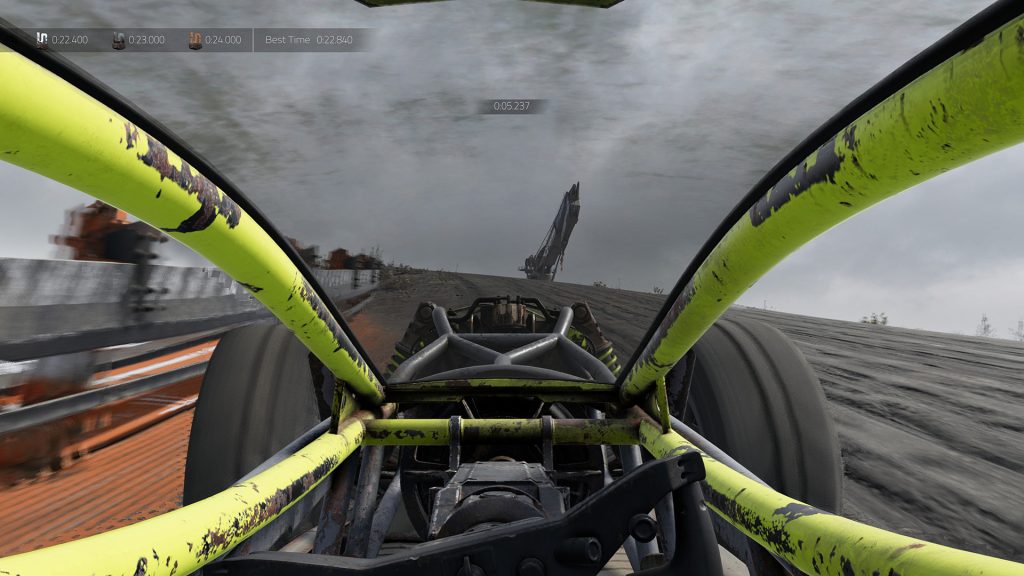
How was blending what was already built for the game by Orontes and what iRacing has to offer?
Coleman: “I think it’s one of the biggest challenges when you kind of parachute into a project is to kind of have a sit-rep, understand where the strengths are, where the weaknesses are, what the scope of the project is and what the company actually wants to get from it. And then you start bringing together the needs of the business, obviously the desires of the community and the players and what already exists to try and bring that together into a coherent package that really still surprises and delights the audience that are going to play it.
“The beauty of the engine is that so much of it was working well already, so it already had that running for it. But there were areas that we definitely wanted to play with and improve. iRacing as a company, anything that comes with the iRacing logo on it has to stand for great on-track action, wherever that is, whether it’s Dirt Track Racing, whether it’s NASCAR, whether it’s the simulation that the core product represents or whether it’s ExoCross, which we’re making, it has to be an excellent on-track experience and it has to represent awesome vehicles driving around tracks. So that was the key thing that we wanted to maintain but actually improve upon.
“So there are key areas with ExoCross that we have played with and we’ve improved. The way the vehicles drive, the tyre model, all of these things are things where we’ve brought in experts from iRacing to help with that. As we move towards making it a console product, one of the key areas that we’ve added is AI-based racing. So AI are coming in and they’re giving you competition to race against without you having to head online to have wheel-to-wheel action.
“The AI system has basically, we’ve brought over from iRacing where we know that iRacing has one of the greatest AI systems in the whole racing genre. So why not bring it in and use it and build on that strength? But then there’s also stuff that we’re doing within ExoCross that will hopefully then feed back into iRacing as a bigger product and hopefully improving those areas.”
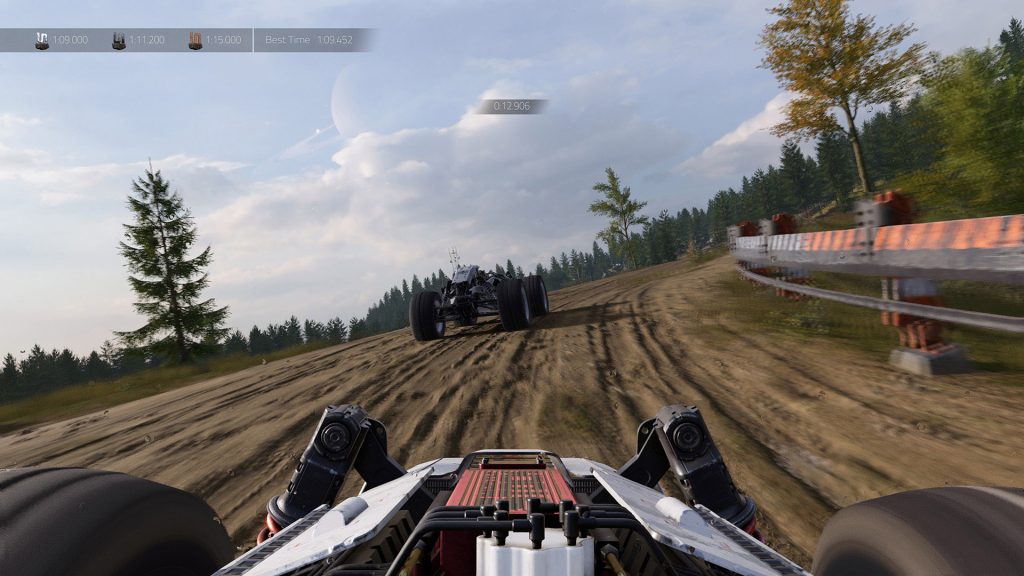
Was there anything with Drag, now ExoCross, that you felt needed to be changed, removed, or just didn’t fit in the new vision for the game?
Coleman: “I think the key thing was how it was packaged and whether that would work for a console audience. I think as an early access product, it showed the promise. It definitely gave enough challenge for players to keep coming back, keep racing.
“There was some good online there where players could group up and meet up and play together, but it didn’t feel like a coherent package. It felt like something that was still in development. And that is ultimately what early access is. You sign up for a product in the hope that it’s going to grow and it’s going to develop and it’s going to become more than it currently is at the point at which you buy into it.
“Their roadmap looked good, but iRacing, I think, was one of the key missing features that was the must-have that we put on the table and said, whatever happens, we’re going to improve AI or introduce and then improve AI. Obviously, there’s the content-based stuff as well, like looking at the two cars that they had, they were OK. But we wanted to add another vehicle in there so that we could almost get this easy, medium and hard flavor to the game and ensure that players had more sense of progression as they move through the tiers. And then beyond that, making sure that there was a more broader variety of racetracks to go race on, championships to progress through. So ways to just essentially keep the players playing and give lots of different types of players lots of different ways to play.”
RELATED: EXCLUSIVE: iRacing’s NASCAR Console Game Is Being Built In Unreal Engine, Led By Monster Games
What would you say is something that will keep players coming back race after race?
Coleman: “I think for me, it’s a challenge. I think we’re not setting out to make a game that’s impossible to beat, but we do want a game that has a nice, gentle, early difficulty curve that then ramps up. So there’s quite a high skill ceiling. And I think that’s reflected in some of the leaderboard challenges and the ways that we’re encouraging players to play.
“So really, the single player is an onboarding into the wider experience. And then going online to play with other players, going into challenges and special events to compete on the leaderboards. That’s where we see there being more longevity and more reasons to keep coming back. I think it’s one of the beauty of off-road racing is that it’s much harder to get a perfect lap because there’s so many more variables.
“Loose surface driving; how you set the car up for a corner. There’s just so much more than just picking a perfect line and nailing your braking and your throttle points that makes it off-road that much more hard to master. So yeah, we are all about making a game that is going to feel fun to pick up and play early on, but it’s going to have that sort of real mastery level to it where you feel like every time you drive a stage, you can do that a little bit better.”
How is the studio finding the balance between controller and wheel drivers?
Coleman: “I think probably the best way to answer that is to describe how we’ve developed it. So I think when you make a game that’s more focused on the realism and the simulation, you tend to do all of the gameplay balancing and refinement on a wheel and then you think about how it’s going to feel on the pads later. I think when you’re making a game that’s more console focused, you do a lot of the refinement and balancing with a controller in your hands and then you check the wheel later on and make sure that that’s also working well.
“So both ways work and both ways generally end up with the game feeling good in both scenarios. But by doing pad first, you are capturing what the majority of console players will be experiencing and then checking that against how the wheel feels and ensuring that the wheel does still feel fun. But, you know, the wheel, I would describe wheel play in this as more intensive in that you have to be more off road with your inputs, so really throw the car in.
“So where I think on a track racing game, you would be more gentle with your inputs. You’re trying to do minimal steering really with the wheel and let your feet do the steering with the rotation of the car. With off road, you want to kind of do similar, but you sometimes need to make that first input a bit more abrupt to just get the car to bite. And then it’s about catching the slide and maintaining the slide with delicate steering input. And I think we’ve got that with the wheel right now. So I think it’ll be fun on both. That’s that’s our goal. That’s what we’re setting out to do. But I want console players to know that it feels great on a pad and they don’t have to go out and buy a wheel to get the most out of this.”
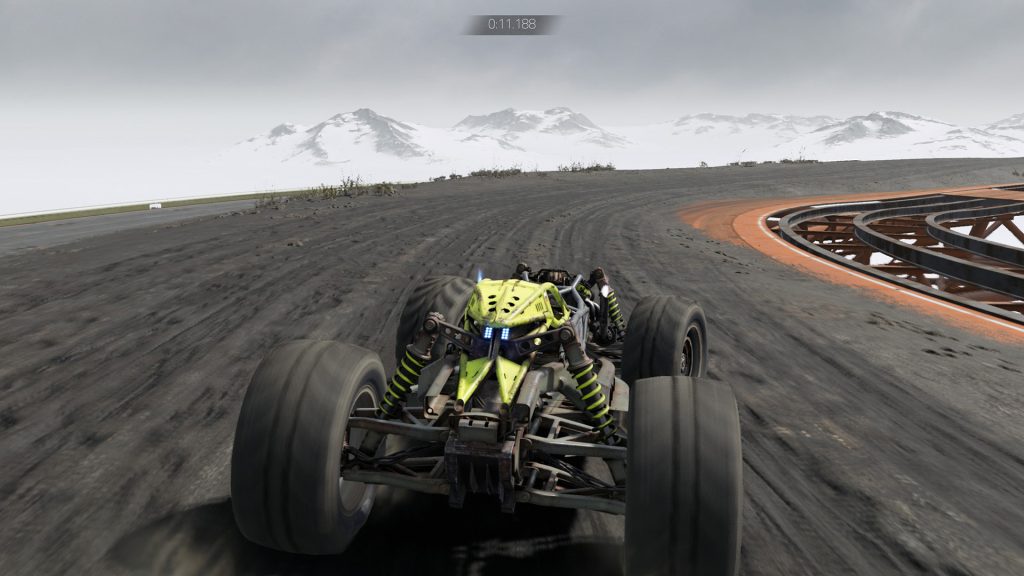
ExoCross won’t be cross-platform. Do you think there’s a risk of potentially alienating players or limiting that player base to play online?
Coleman: “Yeah, I think there’s always that risk. And my hope is that we do get big enough communities on each platform for us not to have a community of players feeling isolated across these different platforms and not finding a way to play together.
“My hope is that each platform stands strong and the players within those platforms can enjoy themselves. There are certain challenges with cross-platform play that require a fairly significant investment in development to ensure that they work well. And actually, the easy part is getting platforms playing together on a server. The more challenging aspect comes from dealing with some of the certification requirements and making sure that Microsoft and Sony are happy with the way that their platform is being represented on the other platforms and how their players are being protected across the other platforms.
That’s where a lot of the development work and challenge comes in. So, yeah, it’s something that I think, in terms of wish lists, I’m with you and I’m with the community. It’s something that we should absolutely be trying to do with every game we make. But I think for ExoCross, we’re going to try with cross-generation and see how we go with that and then potentially expand into cross-platform if the need arises further down the line.”







